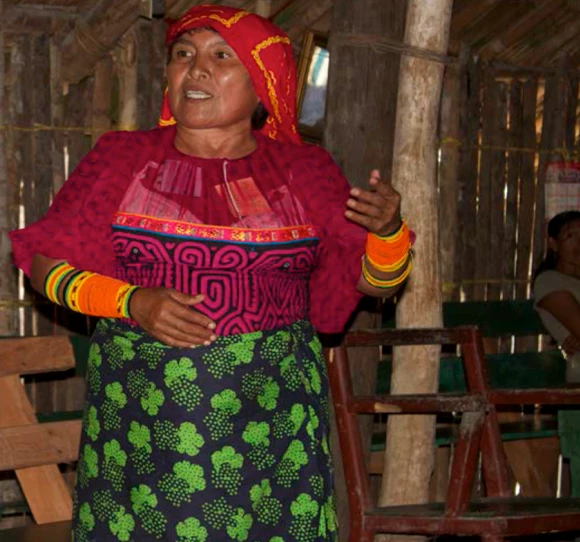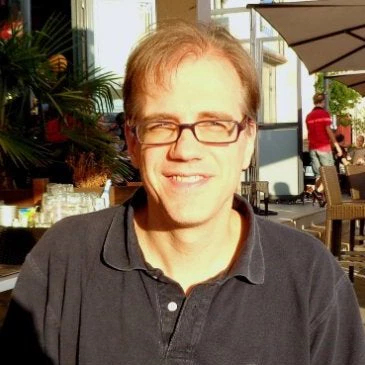
This year’s UN Permanent Forum on Indigenous Issues, which kicked off last week in New York, marks the 10th anniversary of the United Nations Declaration on the Rights of Indigenous Peoples.
The World Bank’s Forest Carbon Partnership Facility (FCPF) is coming up on its own 10-year anniversary. Since 2008, the FCPF has run a capacity building program for forest-dependent indigenous peoples. The initiative, with a total budget of $11.5 million, has worked to provide forest-dependent indigenous peoples, national civil society organizations, and local communities with information, knowledge and awareness to increase their understanding of efforts to reduce emissions from deforestation and forest degradation (REDD+), and to engage more meaningfully in the implementation of REDD+ activities. The program recently wrapped up its first phase (2008-2016), which included 27 projects, and presented the results at a side event to the Permanent Forum.
Part of the focus of the Capacity Building Program’s early years was to strengthen REDD+ capacities at the sub-national and community levels. For example, in Panama in 2014, the Emberá and Wounaan Indigenous Youth Organization worked with traditional authorities and communities to quantify the carbon stored in their forests. Training on how to develop forest inventories and participatory mapping of more than 30 individual plots underscored for indigenous communities the importance of tropical forests and REDD+ efforts in mitigating climate change. The results of this work were recently published in the February 2017 edition of the Ecological Society of America’s journal, Ecosphere. The indigenous technicians, traditional authorities, and project managers took full ownership of the work carried out, which equipped them with technical skills that will likely not only come in handy in other forest inventorying efforts taking place throughout Panama, but also provide a supplementary income stream.
From 2012 to 2014, the Nepal Federation of Indigenous Nationalities (NEFIN) worked to boost the participation of indigenous and rural communities living in the Terai Hill and Mountain areas in REDD+ consultation and decision-making processes. This included holding meetings across six districts to collect feedback from indigenous leaders on national-level REDD+ framework documents such as social and environmental standards, and forest monitoring, reporting and evaluation efforts. This bottom-up approach to integrating feedback from the community helped ensure that indigenous points of view were included in national-level discussions on REDD+.
The first years of the program also sought to engage indigenous peoples and rural communities in national REDD+ processes. In Cameroon, for instance, civil society organizations working with the country’s REDD+ and Climate Change Platform organized and mobilized to reach out to 30 sub-districts in the country throughout 2013 to enhance full, direct, and effective participation of indigenous and local communities in REDD+. A range of trainings and workshops allowed the REDD+ and Climate Change Platform to engage communities and designate a larger cross-section of local men and women to play an active role in Cameroon’s national REDD+ platform.
At the regional and international levels, the program supported several initiatives including the promotion of trans-national research on the underlying causes of deforestation across Ethiopia, Kenya, and Uganda, and a joint analysis of international REDD+ mechanisms by indigenous peoples’ organizations in the Amazon Basin. The Amazon study was released at the UN Climate Change Conference in Peru in December 2014, and was widely disseminated in the international media. Attention garnered through the study helped raise the profile of indigenous issues related to climate change and provided an additional platform for them to connect with global audiences.
The second phase of the FCPF’s Capacity Building Program began in July 2016 and will run through June 2018. For this stage of the program, funding will go to regional intermediary organizations who then coordinate capacity-building activities in their respective regions.
In addition to being a big step forward in building support for REDD+ on the ground, this new approach marks the first time that FCPF is providing direct financing to indigenous organizations for capacity building projects. Previously, the money would have passed through the government or an international non-profit. Regional organizations understand the specific regional context and capacity gaps and can help ensure that the funded programs meet the needs of intended beneficiaries in the eligible FCPF countries.
REDD+ can strengthen community land and resource rights, empower community institutions, and contribute to sustainable livelihoods, so investing in civil society and indigenous peoples’ capacity is a crucial step in their full and effective participation. At a time when the FCPF is supporting large-scale emissions reduction programs in an increasing number of countries, it’s more important than ever to have indigenous peoples, civil society, local communities informed and involved.


Join the Conversation